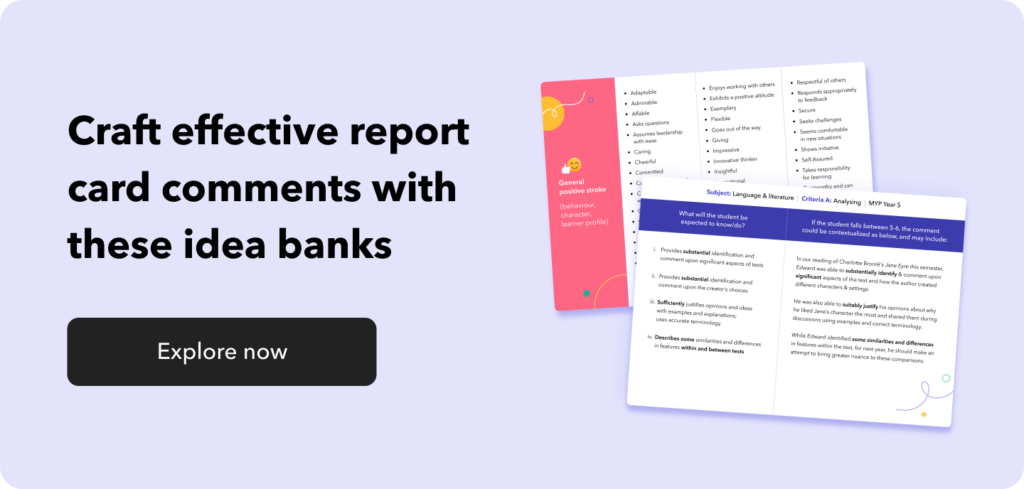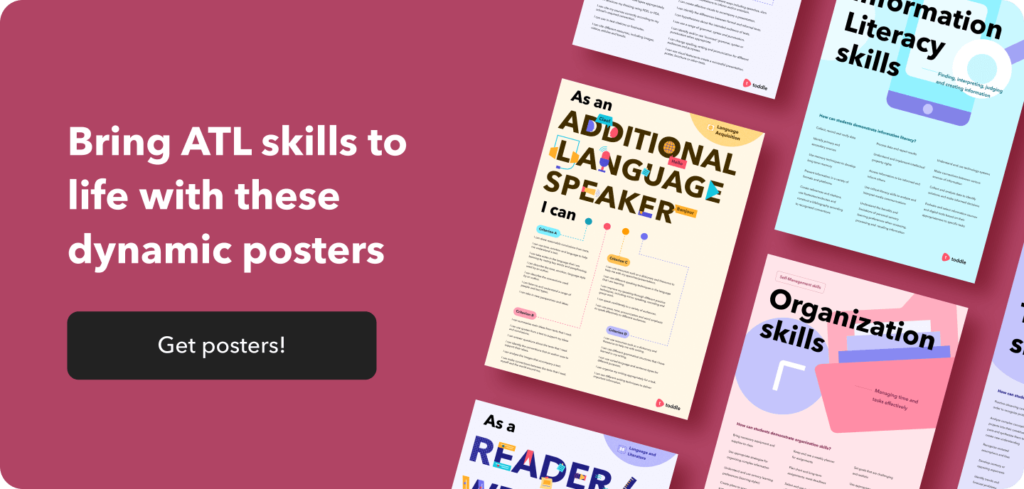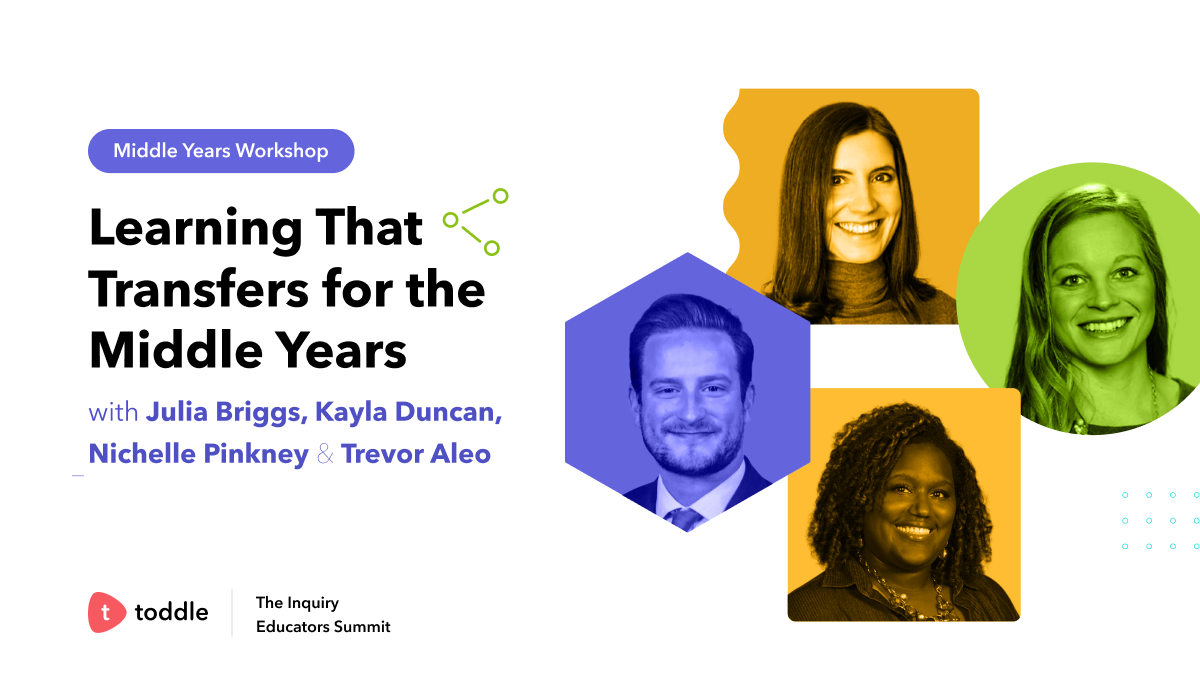
– Robert Greene
Skill-based learning is the need of the hour in a dynamic, fast-paced world. The IB’s approaches to learning (ATL) skills provides a framework to understand the skills students should develop in order to become better learners, both inside and outside the classroom. However, selecting and aligning ATL skills with taught content to create meaningful learning experiences for students can often feel challenging. Moreover, schools also need to ensure that opportunities to develop these skills are distributed evenly across all subject groups which involves efficient collaboration amongst teaching teams. To give you a head start, we have designed this comprehensive guide as your companion for inquiring into ATLs in your MYP classroom.
This guide and the accompanying resources are divided into three parts, which will help you navigate three key questions about ATLs:
- Part 1: What are the approaches to learning skills and why are they important?
- Part 2: How do we integrate ATLs into our own subjects and the wider school curriculum?
- Part 3: How can we report skill progression?
With each accompanying resource, we have also highlighted how you could use it with your team or in your class. Excited? Let’s get started.
Please note:
We designed this guide to be navigated sequentially. That being said, this is your inquiry so feel free to jump around to the sections you find most relevant to your context.
Part 1: What are the approaches to learning skills and why are they important?
Understanding what the structure of the ATL framework is, and why skills need to be taught explicitly, is the first step towards helping our students imbibe said skills. Skill-building looks very different across classroom contexts. But behind the scenes, teaching teams need to be aligned on the vocabulary for ATLs and why they should be integrated into classroom teaching and learning.
In this first section, you can:
- Get an overview of the ATL skills framework for the MYP, and why we ‘teach skills’. Read more and get your hands on a set of interactive ATL posters you can use in your classrooms!
Part 2: How do we integrate ATLs into our own subjects and the wider school curriculum?
Having understood the importance of skill-building, we need to be able to determine how we will help our students build these skills. Every MYP unit is a potential sandbox for building different kinds of skills. As such, it often becomes difficult for us to identify which skills we will explicitly teach. In our confusion, we either pass over important skill-building opportunities or ‘tick-off’ more than we can metaphorically chew. Moreover, we’re often unable to keep a track of whether students got sufficient opportunities to develop and practice these skills across the five years of the MYP.
In this section, you can:
- Understand how to meaningfully include ATL skills in your unit planners. Watch this video to learn how to craft robust ATL statements and ensure students get appropriate learning opportunities to practice and develop skills.
- Experience a detailed walkthrough for selecting relevant ATL skills for your subject and aligning them with MYP subject objectives. Read more!
- Access ATL playbooks teeming with activity ideas for explicitly teaching each of the five ATL skill categories. Grab them here!
- Read this case study of Pathways School to unpack a powerful approach for horizontal and vertical articulation of ATL skills across the MYP curriculum. Bonus: get sample ATL curriculum planning charts!
Part 3: How can we map skill progression?
Skill development requires constant monitoring and opportunities for further improvement. As educators, our role is to not just provide our students with avenues to develop skills, but also guide them to reflect on how far they’ve come. It is also important that we document and share this development with our students as well as other stakeholders in the school community, including parents. Given that the ATLs are not assessed, and skill progression is not formally required to be reported on, many a time, it is overlooked in our subject reports. In this section, you can:
- Discover sample report card comments to communicate students’ ATL skill progression in your subjects. This comment bank will help you to eventually build one for your own department and school. Read more here!

- Choose from a variety of end-of-unit reflection templates to encourage students to reflect on their skill development individually or with peers. Check out the templates here!
Conclusion
Skill building is not a one-time activity. It is an ongoing, reflective process for students as they evaluate their progress and set goals and for teachers as they innovate to create opportunities for skill development.
Through this guide, we intend to empower you as you guide your students to take greater ownership of their skill mastery journeys. We hope the resources and strategies provided in this guide will help you make stronger connections between taught content and skill-building, and create pathways for lifelong learning. As you progress in your understanding of the ATL skills, you can look back to this guide and find:
- What are the approaches to learning skills and why are they important?
- How do we integrate ATLs into our own subjects and the wider school curriculum?
- How can we report skill progression?
Further resources
Liked this resource? Here are a few more you might like to explore:















